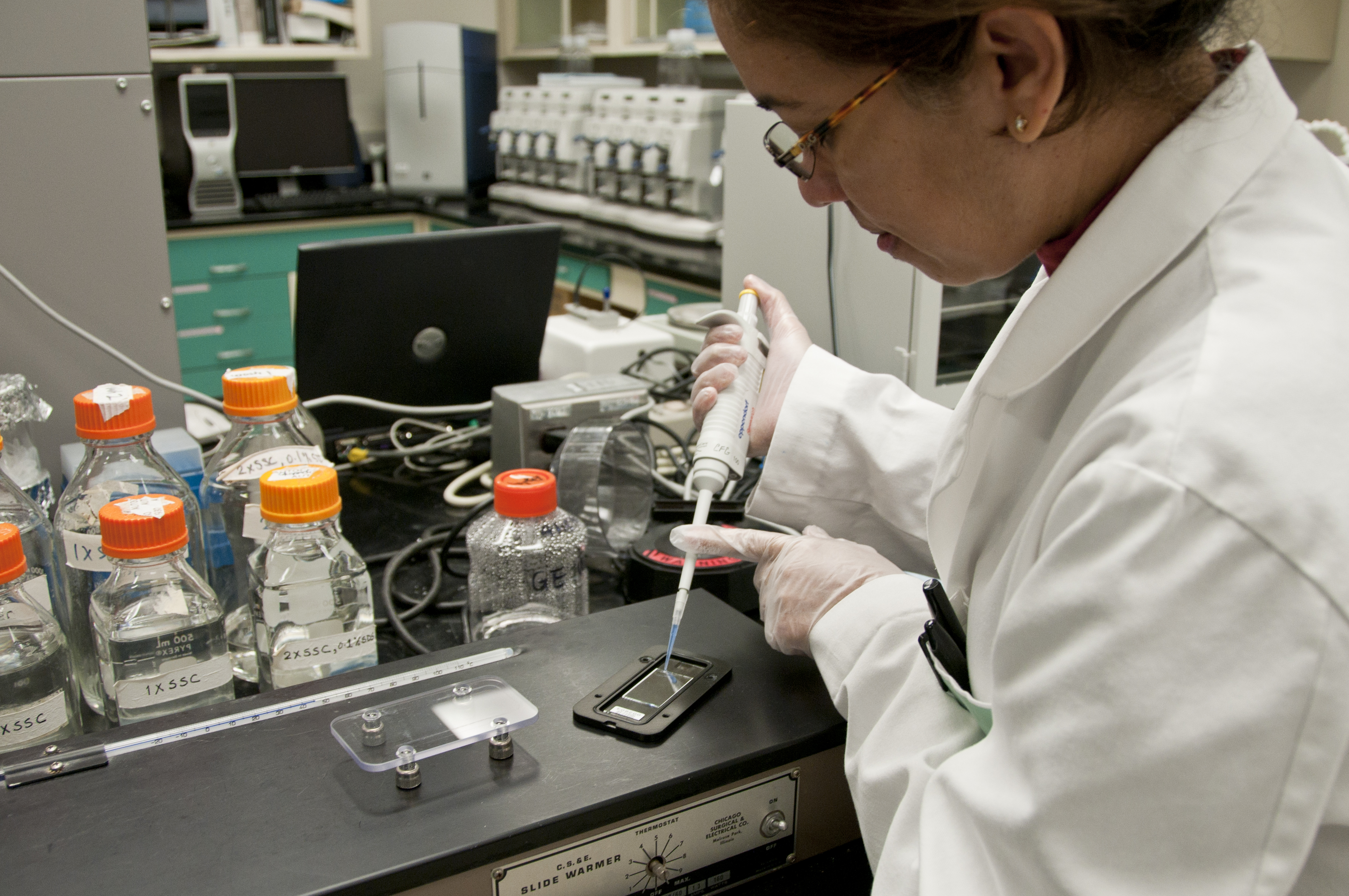
Photo from academic.microsoft.com
Female reproduction is precisely regulated by hormones, and the ovary is easily affected by environmental endocrine disruptors (EDCs), which are ubiquitous in industrialized societies. Parabens are EDCs that are used… Click to show full abstract
Female reproduction is precisely regulated by hormones, and the ovary is easily affected by environmental endocrine disruptors (EDCs), which are ubiquitous in industrialized societies. Parabens are EDCs that are used as antibacterial preservatives in cosmetics, personal care products (PCPs), medicines, and food. We used ultrahigh‐performance liquid chromatography–mass spectrometry to quantitatively detect methyl‐, ethyl‐, butyl‐, and propylparaben (PP) concentrations in urine samples from 74 women of childbearing age. Balb/c mice were subcutaneously injected with 100 mg/kg/day of PP for 21 consecutive days or 100 or 1,000 mg/kg/day of PP during superovulation. Various concentrations of PP (ranging from 1 to 1,000 nM) were added to a human ovarian granulosa tumor‐derived cell line (KGN) culture for 24 h. The urinary paraben concentrations of women who used cosmetics and other PCPs within 48 h prior to sample collection were significantly elevated, and the PP concentration was significantly positively correlated with the basal estradiol concentration. After PP injection, the mouse serum estradiol concentrations were significantly increased, estrus cycles were disordered, corpus luteum number was reduced, and number of oocytes retrieved was significantly reduced. In in vitro experiments, PP treatment increased estradiol synthesis and the expression levels of aromatase enzyme (CYP19A1) and steroidogenic acute regulatory protein. This study demonstrates the adverse effects of PP on ovarian estradiol secretion and ovulation, further evaluates the safety of PP as a preservative, and provides guidance for the use of PCPs and cosmetics by women of childbearing age.
Journal Title: Journal of Applied Toxicology
Year Published: 2021
Link to full text (if available)
Share on Social Media: Sign Up to like & get
recommendations!